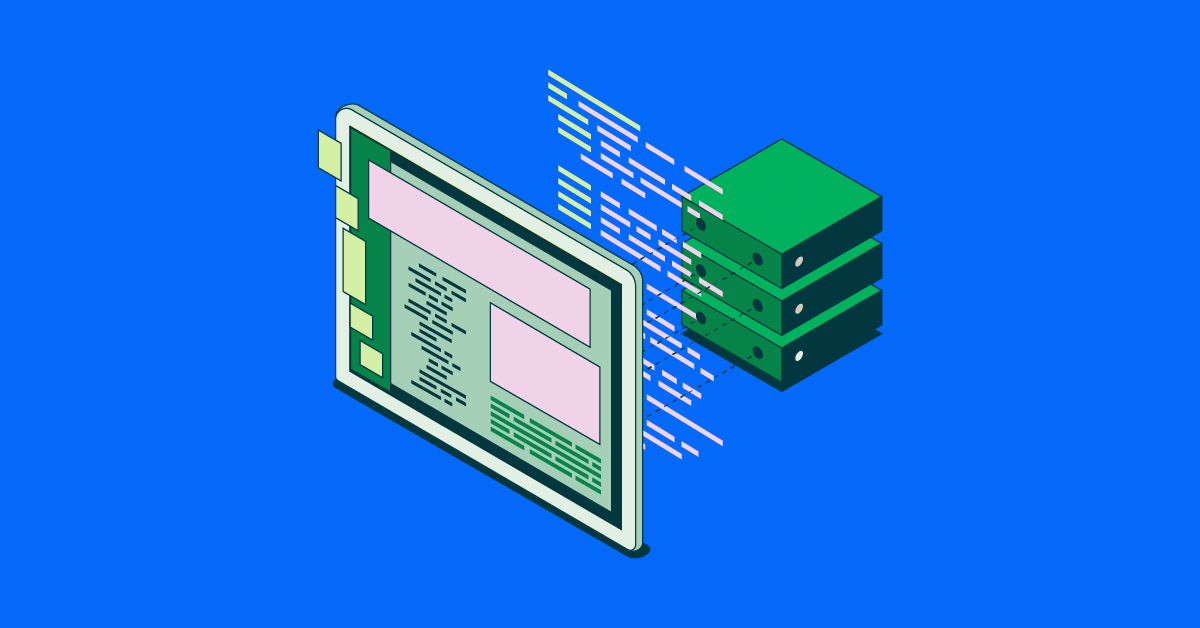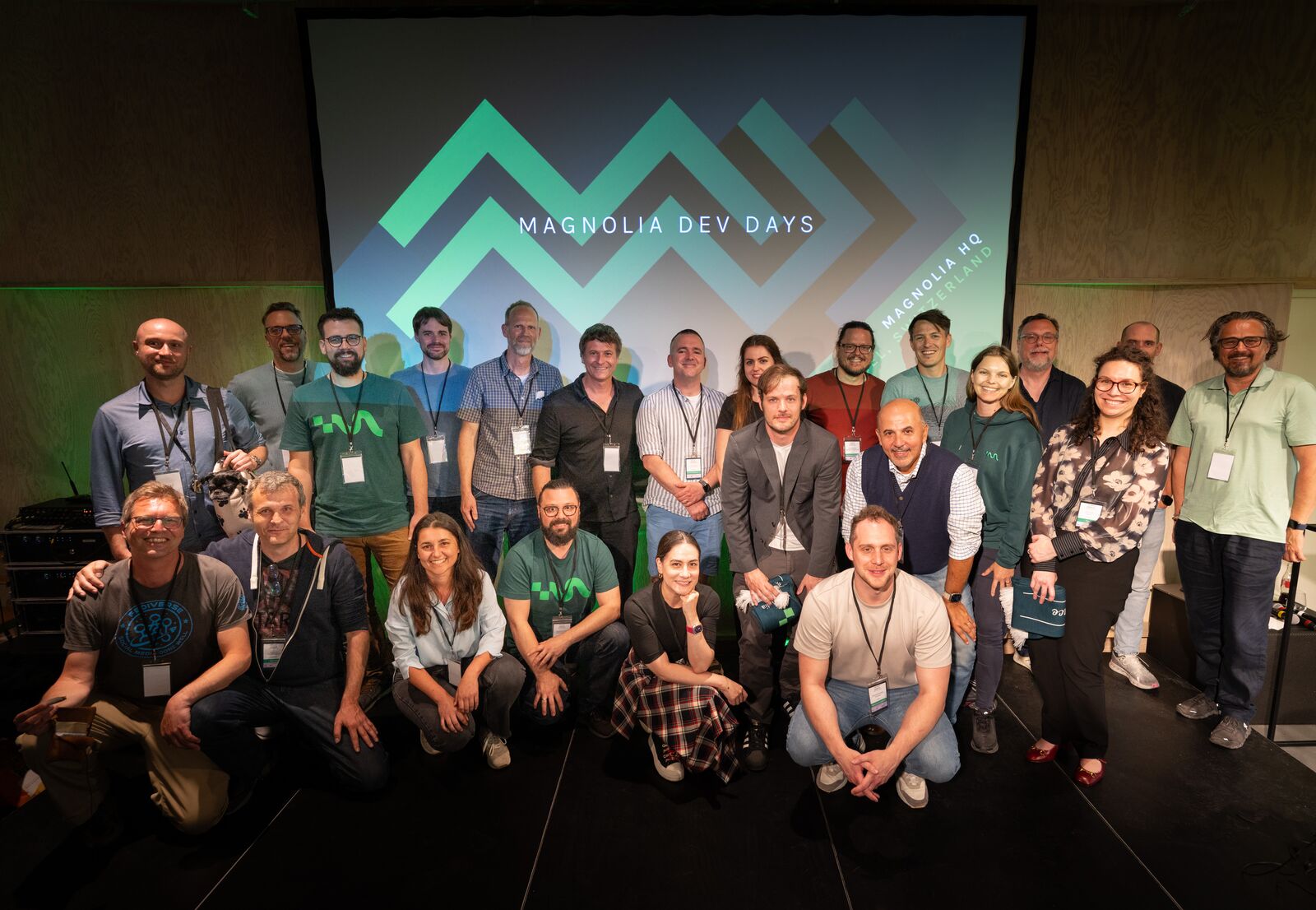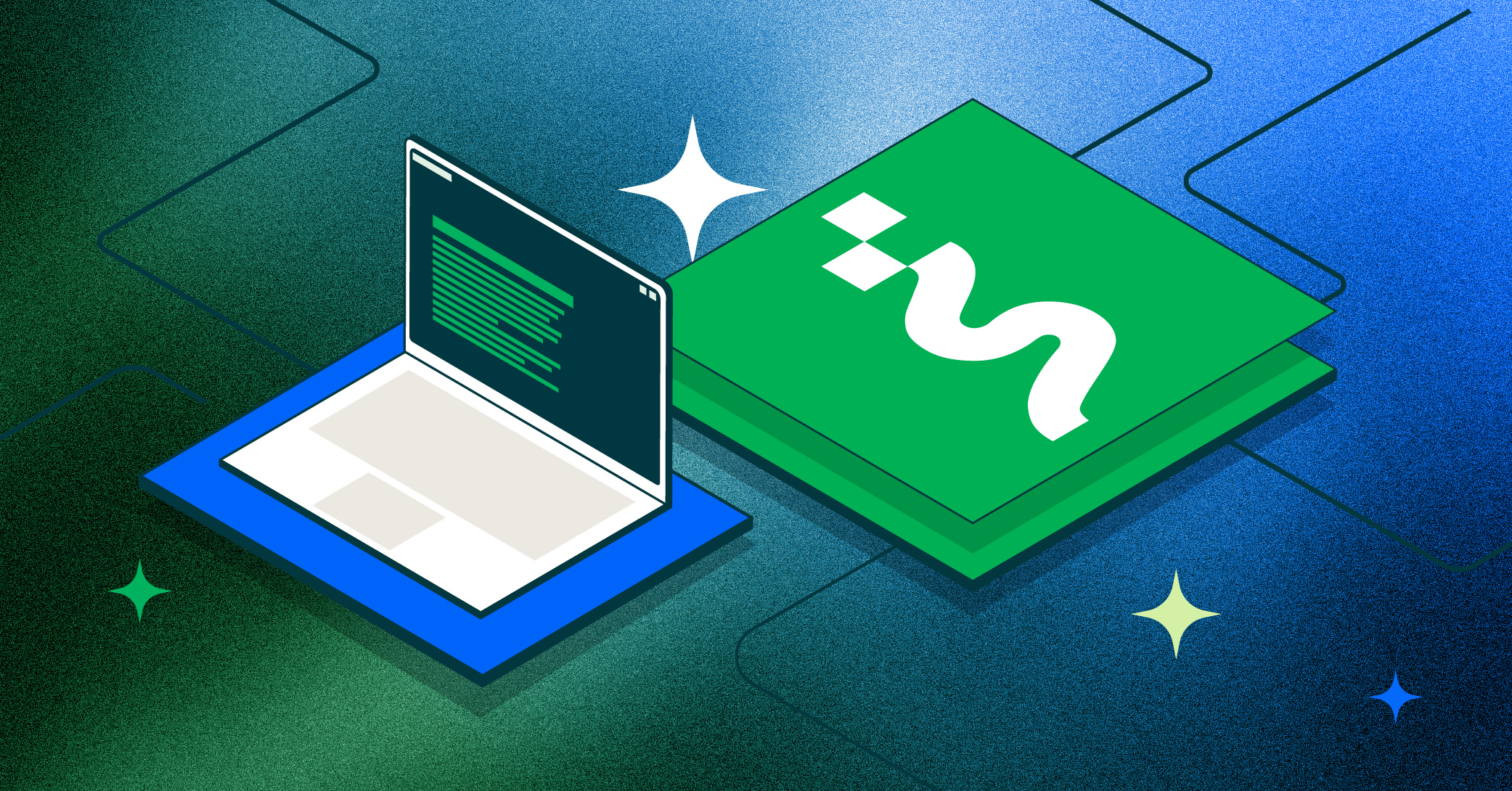- Oct 28, 2025
- --
Why developers are seeking monolith alternatives: A technical comparison
Experience Magnolia in action
Experience Magnolia's key features firsthand in an interactive product tour.
Take a tour nowIs your team struggling with a legacy CMS implementation that feels more like archaeology than development? You're not alone. Many are finding that monolithic platforms come with a heavy burden of technical debt. The developer experience on platforms like AEM or Sitecore often involves navigating outdated technology and rigid structures, a stark contrast to the flexibility offered by modern, composable systems.
For developers and architects, the right platform is not just a tool—it's the foundation for innovation. This article provides a developer-to-developer comparison, using insights from interviews with our implementation partners to showcase why a composable Java CMS like Magnolia should be considered as an AEM or Sitecore alternative. For a broader overview of the migration journey, see our Expert guide to legacy CMS migration.
The core pains of monolithic CMS development
From a technical standpoint, the daily frustrations of working with a heavy monolithic system can severely impact productivity and morale. Expert developers who have worked extensively with such platforms point to several fundamental flaws that hinder modern development practices.
The onboarding and skill set challenge
One of the most significant operational hurdles is staffing a team. Such a platform's complexity demands a rare and expensive skill set, making it difficult to build and scale development resources.
As expert AEM developer Jake Tracey of Noice explains, "Fielding a development team in something like a monolith is quite difficult because it is a highly specialized field." This specialization extends to the onboarding process, which is notoriously slow. Tracey adds, "The developer onboarding is quite a difficult process... It takes a lot of time for people to get used to it." This long ramp-up period is a direct cost to the business and a major point of friction for development managers.
The burden of "ancient" APIs and costly upgrades
For developers who are used to modern, API-first environments, working with a monolith can feel like a step back in time. These platforms’ core technology has not kept pace with the needs of a composable world.
Outdated technology: According to Tracey, "Their APIs are ancient now and a lot of the documentation is quite poor and fragmented." This lack of clear documentation and modern API structures makes integrations complex and unreliable.
Hidden upgrade costs: The monolithic nature of such a platform means that upgrades are often massive, all-or-nothing projects that introduce significant risk and unforeseen costs. Tracey recalls a past AEM upgrade that "required rewriting every dialogue, which was hundreds and hundreds of dialogues, because the API had changed completely... a massive hidden cost for clients."
Misleading promises and lack of support
Developers also face challenges when features advertised by monolithic vendors do not work as expected. Jon Weller from TBSCG points out, "the big vendors... say it can be done, but a lot of times it can't be done... or they say a feature that exists, but the feature doesn't really work." This discrepancy between promises and reality leads to wasted time and effort, further compounded by the difficulty in obtaining adequate support from these larger companies. "Getting support from the company is almost impossible at times," Weller adds.
The technical consideration: An API-first, composable architecture
The search for AEM or Sitecore alternatives is driving developers toward a more flexible, best-of-breed philosophy. Instead of being locked into a single vendor's ecosystem, a composable DXP allows you to integrate the best tools for every job.
The 'Right Tool for the Job' philosophy
An API-first architecture is the key that unlocks this flexibility. It allows developers to connect various services seamlessly, creating a tech stack that is perfectly tailored to business needs.
As Jake Tracey puts it, "By having open APIs it means that you don't have to rely on [a single vendor] to be the only entry point of your application. It's really like picking the right tool for the right problem." This approach not only improves functionality but also future-proofs your digital experience platform. Bindya Raj from Infosys adds that “best of breed DXP is like having a dream team”, where each module, just like a player in the team, is best in the class and tailored to deliver superior outcomes.
Lowering the barrier with low-code capabilities
A modern Java CMS should not require every developer on the team to be a "super deep Java guy." By leveraging low-code and configuration-as-code principles, platforms like Magnolia make development more accessible and efficient.
This low-code functionality is core to Magnolia’s development. Riste Drangovski from Codeit Solution highlights, "Magnolia’s support for YAML configurations and light models allows for on-the-fly changes, eliminating the need for frequent restarts and rebuilds." Jeremy Summers of Crescendo Collective adds that “content modeling and templating are intuitive, allowing developers to quickly understand core concepts and collaborate with non-technical teams, focusing on what to build rather than how."
In the end, Jeremy Summers puts it bluntly, "Not much to learn about Magnolia from a developer perspective... Headless, API-driven is what a lot of developers want." This dramatically lowers the barrier to entry and expands the pool of developers who can contribute to a project. Alec Bennett from TBSCG adds that “you can spin up a Magnolia instance within seconds and get started.”
The solution: Magnolia's superior developer experience
Magnolia is designed with the developer in mind, providing the tools and architecture needed to build sophisticated digital experiences without the frustrations of legacy systems. It stands out as a leading monolithic DXP alternative because it directly addresses the core pains of developer experience.
Onboarding in a week, not months
The difference in developer onboarding between a monolithic DXP and Magnolia is night and day. Magnolia’s modern tooling, especially its command-line interface (CLI), makes it possible for developers to become productive almost immediately.
"The developer onboarding for Magnolia, especially with the CLI, is far superior," says Jake Tracey. "Developers that we've onboarded at Noice have picked it up in less than a week and been productive pretty much immediately." This rapid onboarding accelerates project timelines and reduces costs, a topic explored further in our article on The real TCO of monolithic DXPs.
Accessible APIs and low-code configuration
Magnolia’s architecture is built for ease of use and integration. Its combination of powerful APIs and simple configuration empowers developers to work faster and more efficiently.
Marvin Kerkhoff from Arvato Systems highlights that “legacy systems often lack robust translation support and CRM integrations. Magnolia, in contrast, offers better capabilities for multi-language content, including AI translations and dictionary support, and simplifies complex CRM integrations with systems like Salesforce.” This frees up senior developers from mundane tasks and enables the entire team to contribute more effectively, ultimately allowing them to better support marketing teams. Learn more in From handcuffed to empowered: How an agile CMS unlocks marketing velocity.
Developer experience and headless vs. Server-side rendering
From a developer's perspective, Marvin Kerkhoff pointed out that “monolithic systems can sometimes be simpler for small-scale projects”. However, he added that for “broader integration models involving CRM or e-commerce, an API-driven approach like Magnolia's can be more beneficial”. Bindya Raj from Infosys highlighted two key advantages of Magnolia: "it supports fully headless and hybrid setups, enabling flexible content delivery across channels,” and its “multilingual and multi-site management."
An ecosystem of support and collaboration
Tracey further emphasizes the superior developer experience and culture of the Magnolia developer ecosystem: "You actually can interact with the developers at Magnolia as well as partners which has been really fantastic if you have questions. So I would say 10 out of 10 for developer experience."
The success path: A scriptable migration and predictable support
Migrating from AEM or Sitecore to Magnolia is a structured, developer-led process that prioritizes automation and efficiency, followed by reliable, long-term support.
Automating the migration away from legacy code
Instead of a daunting manual content transfer, our partners leverage scripts and AI to automate the migration process. Jon Weller noted from a recent migration project, “AI significantly sped up the migration of 30 sites in a year, a process that would have taken at least double the time without AI assistance.”
Continued support for long-term success
The journey doesn't end after launch. A reliable support system is critical for long-term success. Tracey confirms their commitment to clients post-migration: "We offer a support contract with our clients where we will respond to any issues that they have with the platform."
Conclusion: Build better, faster
For developers, moving from a monolithic CMS or DXP to Magnolia means leaving behind the frustrations of a former era. It represents a shift toward faster onboarding, modern tools, less technical debt, and more time spent on meaningful innovation instead of costly maintenance. By choosing a flexible, developer-centric platform, you can finally empower your team to build the powerful, seamless digital experiences your business demands.
Explore our Developer Hub
Ready to see the difference in developer experience with Magnolia?











